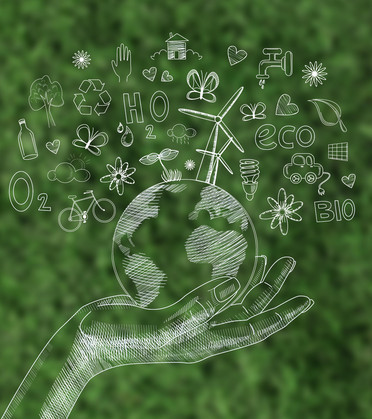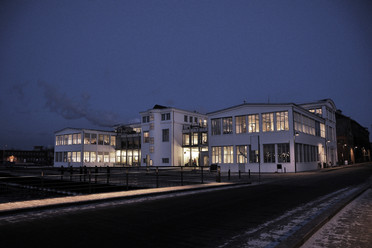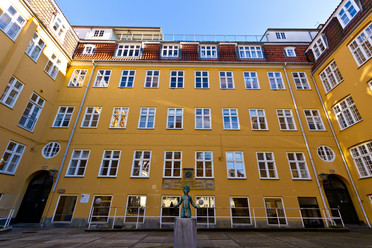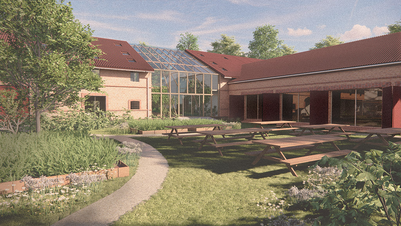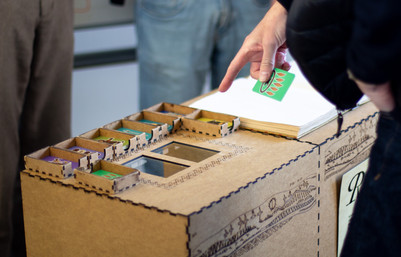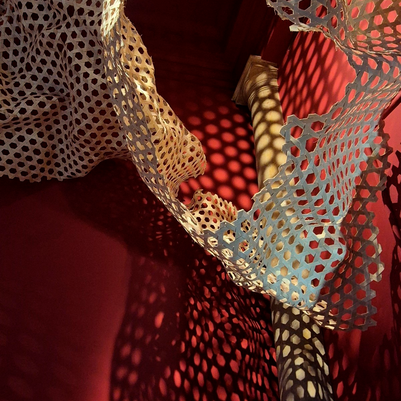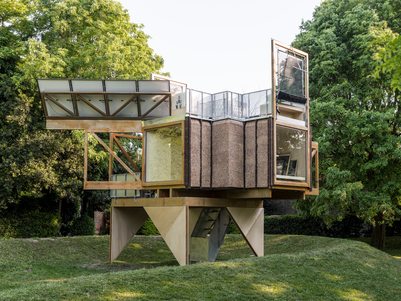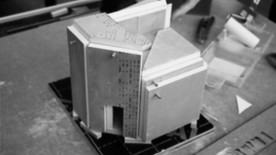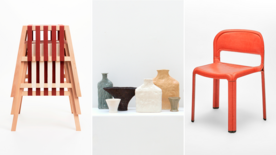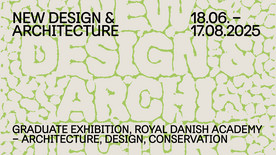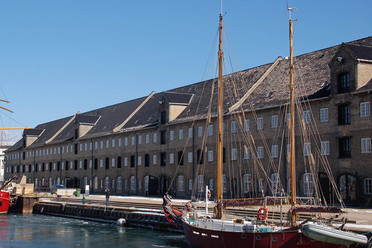
UIA Science papers from the Royal Danish Academy
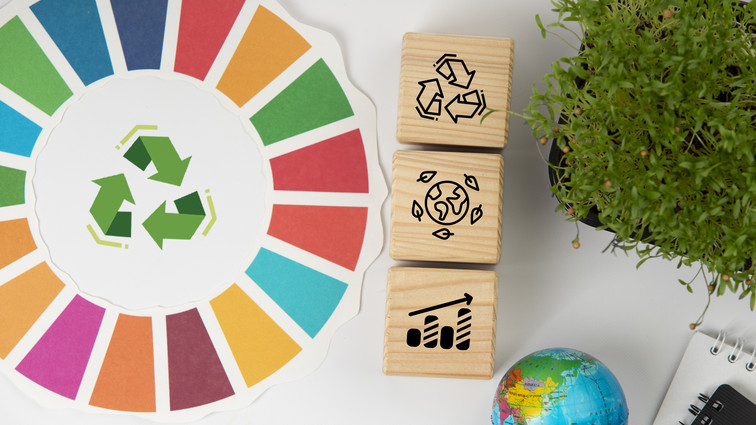
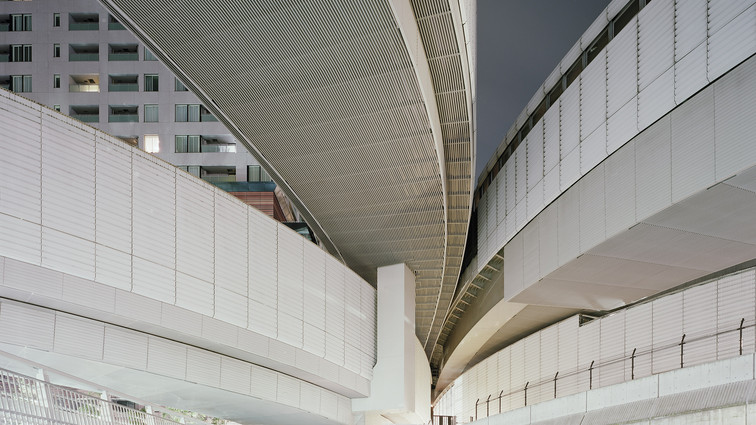
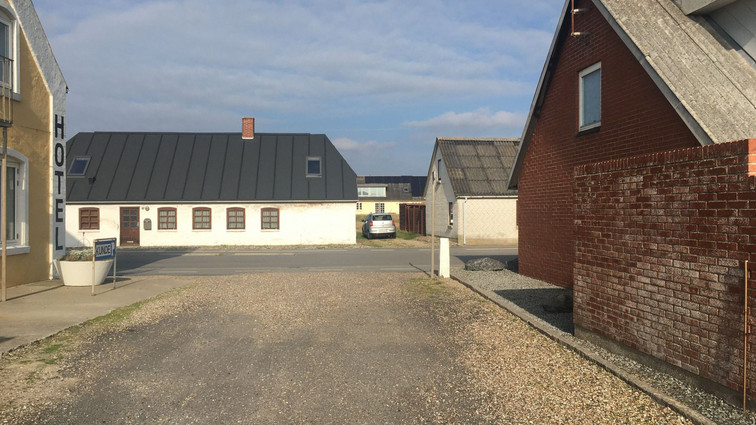
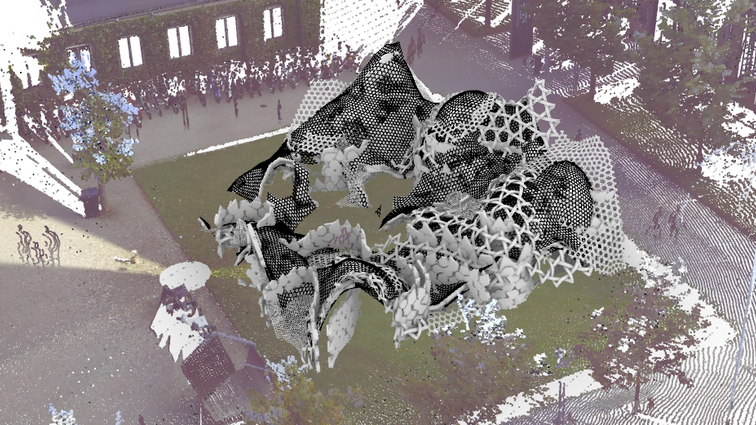
In 2022 the Science Track sent out a call for papers for the six Science Panels inviting academics, practitioners, independent scholars, civil society organisations and more to submit. More than 750 papers were submitted from 77 countries. All papers have been double blind peer reviewed, and 296 papers invited to present at the UIA World Congress 2023 in Copenhagen.
One of the central remits of the Science Track is to enable exchanges and learnings across different knowledge and practice silos. The call for papers therefore invited submissions not only in the traditional Research Paper format, but also Narrative Essays, Visual Essays and Argumentative Essays to expand the possibility of transdisciplinary knowledge exchange and inclusion of voices that are not commonly part of academic and professional discourse.
On this page, we have collected an overview of papers from researchers at the Royal Danish Academy. All will be presented as part of the UIA World Congress program in Copenhagen from July 2nd to 6th 2023.
All invited papers will be published by Springer in six proceedings volumes under their Sustainable Development Goals series.
Thorbjørn Petersen: Shifting the Power from Architect to Dweller – A Framework for Sustainable Housing?
How can a more democratic approach to architecture lead to more sustainable housing? The article reflects on the consequences the realization of absolute sustainability will have on housing construction in the global north, and argues that a possible strategy towards a more sustainable building practice is to shift the balance of power between the architect and the resident, so that the latter has greater freedom and room for action in the programming of the home.
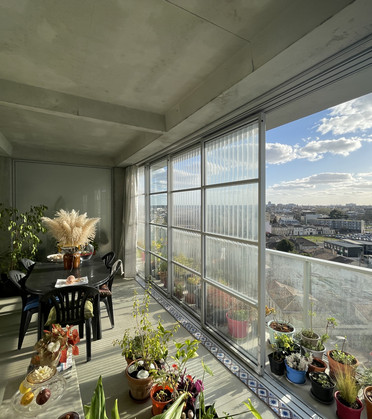
Henriette Ejstrup og Anne Beim: Thatching and clay for low impact building
Paper title: PROTOTYPING THATCHED FACADES - Global Scaling of Local Knowledge
“Thatching sprayed with clay can be a future solution for low climate impact buildings. New experiments with prototyping within Thatching, shows that this age-old material can meet strict modern fire-codes if mixed with another age-old material; clay. This paper explores how historic materials and local knowledge can inform future sustainable building decisions.”
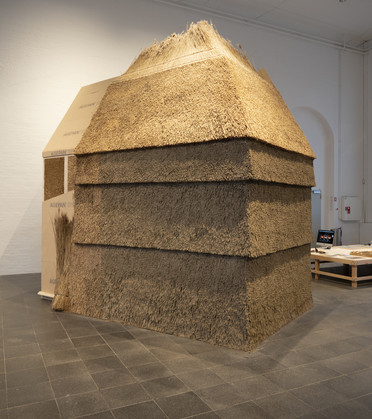
Isak Worre Foged: Designing with Deadwood
Paper title: Designing with Deadwood
”Explorations of using dead woods for its unique acoustic properties in buildings. Dead and decaying wood has previously been banned as building materials, but through digital analysis, Isak Foged explores its unique qualities. This challenges industrial notions of material-uniformity and shows potential in forgotten resources. Left unused, dead woods break down in nature and emits CO2, but the natural decay has shown to have unique qualities in absorbing sound.”
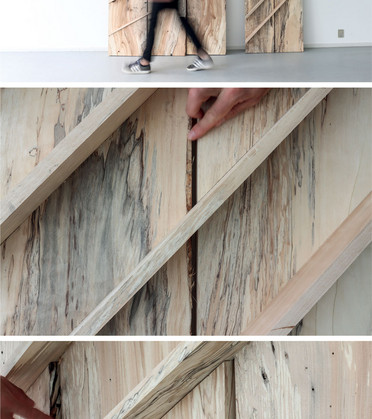
Knud Aarup Kappel: Multiple Worlds in Coastal Agger
Paper title: Multiple Worlds in Coastal Agger
“Field studies of Architecture students removes the distance between city and land, and create space for new nuanced conversations about space, living, traditions and buildings in the Costal village Agger. When students meet the locals, they see their home through new eyes, and silent knowledge surfaces. The relationship between students and locals is mutually beneficial, shedding light on complex nuances in the relationship between people and the build environment they call home.”
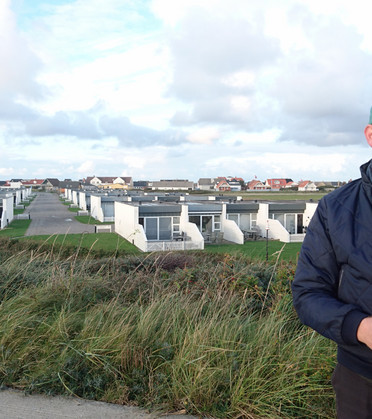
Lars Rolfsted Mortensen: A new perception of infrastructures
Paper title: Nexus, Artery & Resevoir – a taxonomy for an embodied perception of infrastructures
”A new terminology to understand and see the world of build infrastructure. What was previously hidden, is seen through a new lens when Lars Rolfsted Mortensen analyses its aesthetic qualities. Looking at infrastructure from the lens of space, aesthetic and architecture, we can find new patterns, and insights into our human culture.”
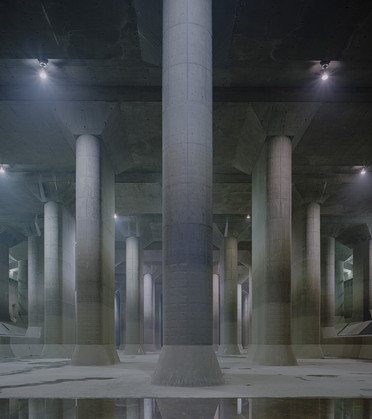
Lotte Nystrup Lund: Protest culture, biodiversity and urban development
Paper title: Ideas and logics of protesting citizens, their actions and use of artefacts. A case study of protest actions and activist performance advocating biodiversity beyond the formal frameworks of urban development
”What are the motivations and scientific reasons behind citizens protesting urban development? Lotte Nystrup Lund takes a curious approach to civil protests, surrounding urban development of a beloved natural area in Amager Fælled, Copenhagen, Denmark. The citizens voiced ideas about biodiversity in ways that transgressed the formal frameworks of urban planning and design, such as demonstrations and performances. The study shows how this approach, coupled with science-based arguments, bring new ideas to urban development.”
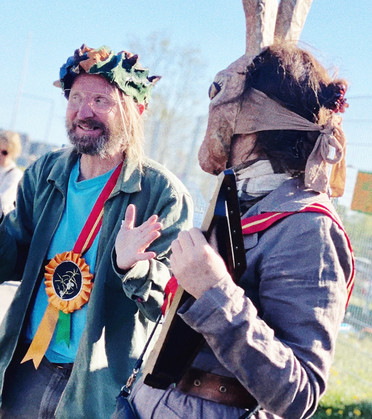
Martin Marker & Joshua Waterstone: Phenomenological Approach to Inclusive Design
Paper title: Hephaistos: A Phenomenological Approach to Inclusive Design
”Inclusive design should always be designed in close collaboration with the intended users. Architects designing for inclusivity can benefit from considering sensory features, as exemplified by Martin Maker & Joshua Waterstone in their paper about inclusive design, co-creation and peer-to-peer interactive design processes. Accessibility should not only be about entering spaces, but also have access to architectural and sensory experience in the build environment.”
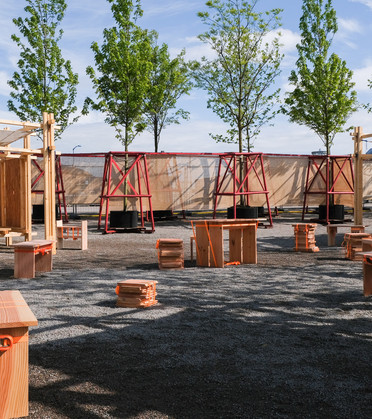
Michael Asgaard Andersen og Ulrik Stylsvig Madsen: Case: Visions for resilient communities
Paper title: Visions for resilient communities based on co-creative processes and community-driven organization: the case of Karise Permatopia
”A study of a radical eco-village driven by sustainable and democratic principles with the aim to become self sufficient. It requires time and resources to live together this way, and Michael Asgaard Andersen and Ulrik Stylsvig Madsen explores the challenges and values of the inhabitants of Karise Permatopia. The paper asks: Do the challenges we face, require new democratic systems that create greater influence and ownership of chosen solution models?”
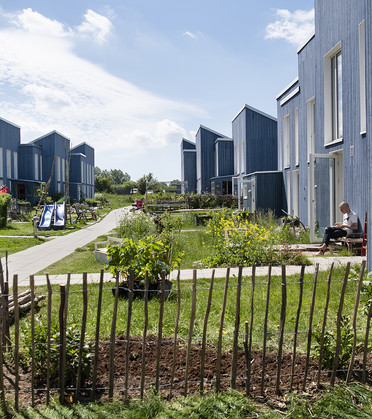
Nicolai Bo Andersen & Victor Boye Julebæk: Sustainability potentials of timber
Paper title: (Re)making the Haubarg – Towards Sustainable Dwelling on a Bounded Earth
”The Sustainability potential of timber as building material, seen through a holistic and historic lens. This paper explores Wood and timber from a technological, cultural-historical and aesthetic perspective via a test-build called ’Ejdersted Haubarg’. Nicolai Bo Andersen and Victor Boye Julebæk argues how craft traditions and local building customs within wood building, can form the basis of a new contemporary architectural practice.”
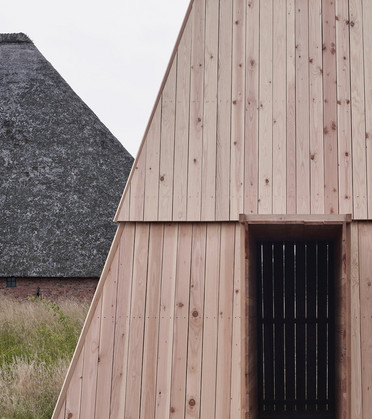
Xan Browne; Olga Popovic Larsen; Will Bradley: Making a Beam Social
“The article investigates the current wasteful practice of timber and challenges the notion that reclaimed wood has deficiencies in aesthetics and performance. It is demonstrated that through design, full scale load bearing architectural components can offer a high utilisation of heterogenous timber stocks. The authors offer a more nuanced way of how the material is valued, recognising the multiple sectors that utilise wood, pointing towards a more sensitive production and utilisation paradigm.”
Paper title: Making a Beam Social: In search of a localised production paradigm.
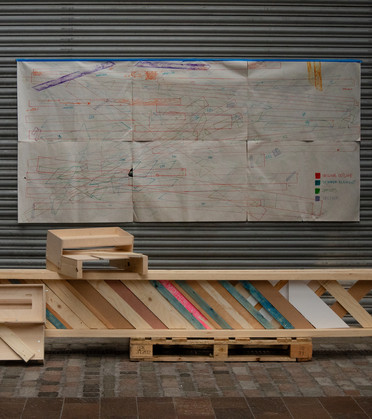
Mette Ramsgaard Thomsen, Gabriela Rossi, Arianna Rech, Anders Egede Daugaard, Paul Nicholas: Framework for Bio-based Materials
Paper title: Extending the Circular Design Framework for Bio-based Materials: reconsidering cascading and agency through the case of biopolymer composites
“The large majority of research into circular design and cascading for architecture and construction focusses on technical cycles, not biological cycles. The article highlights and partially addresses a gap in architectural knowledge between the better understood cascading of technical materials and the less defined cascading of bio-based building materials.”
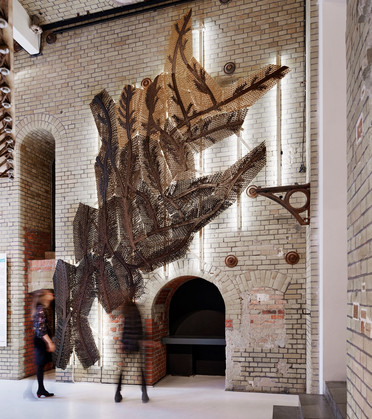
Phil Ayres, Adrien Rigobello, Claudia Colmo, Ji You-Wen, Jack Young and Karl-Johan Sørensen: Fermented Weaves: Mycelium based materials.
Paper title: Fermented Weaves – a visual record of design enquiry
Mycelium-based materials offer the prospect of creating viable, sustainable and biodegradable alternatives to materials with negative environmental impacts across a wide range of sectors. The article presents new knowledge related to mycelium-based materials and architectural construction logics based on weaving and fermentation. It focuses on locality and the exploitation of organic waste streams, developing alternative materialities and material forming processes.
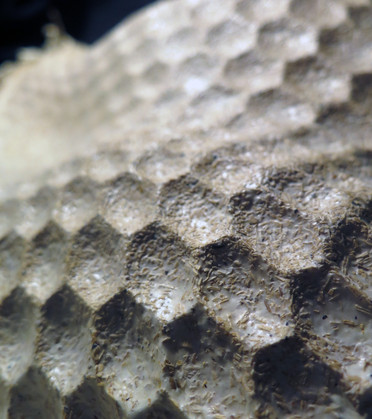
Yuliya Sinke, Martin Tamke, Mette Ramsgaard Thomsen: Sustainable material culture within membrane architecture
Paper title: Integrated design models for materially differentiated knitted textile membranes as the means to sustainable material culture within membrane architecture.
Presently, building practices heavily rely on composite materials that combine different materials to meet various performance requirements. Knitted membrane materials could be the composite of the future, as they eliminate waste generation during production and allows for the control of variegated properties based on the required performance of the material.

Gustavo Ribeiro & Aleksander Nowak: Green areas in the city increase healthy lifestyles
Paper title: Age distribution and accessibility to green areas in Copenhagen Municipality
The article highlights an untapped potential for the development of a green infrastructure in Copenhagen. Copenhagen is expected to grow by 62,000 inhabitants within the next 10 years and better green areas contribute to the quality of life and create a better framework for a healthy lifestyle. The mapping of green areas based on diverse parameters creates a more qualified basis for planning green areas in Copenhagen.
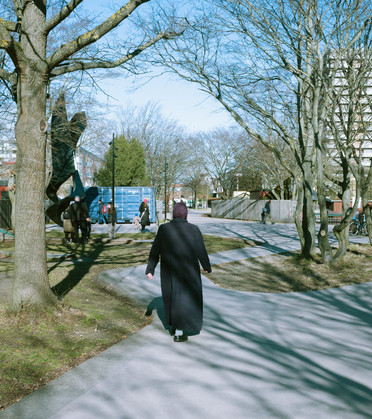
Tiago Da Costa Vasconcelos: Health, Circular Economy and Buildings
Paper title: Health, the Circular Economy, and our Built Environment.
The implications of the Circular Economy on health are largely under-explored and highlights significant gaps in the literature regarding the health outcomes of a transition to a circular economy in the built environment. In breaking our current linear ‘extract, use, dispose’ model, in favor for a more sustainable, equitable, and health-focused system, Circular economy could have many positive benefits for our health which needs to be researched.
